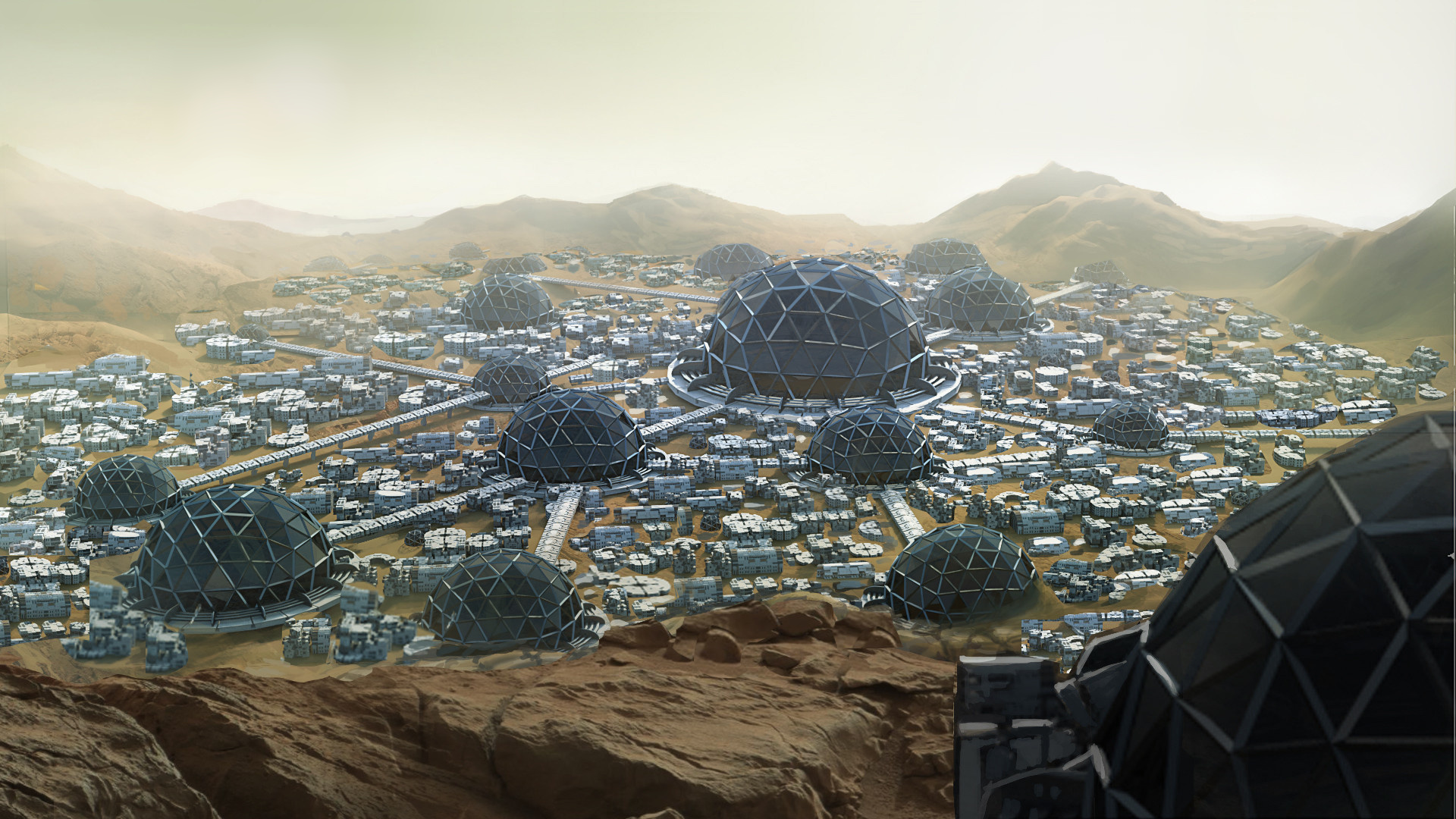
Even after 50 years, the Voyager 1 is still going and sending back information, penetrating ever deeper into space because it’s nuclear powered. Now technology has become purely political, we’re entering a renewed game of scaling up nuke power in space with futuristic possibilities, testing legal and regulatory guidelines about use of extraterrestrial resources and environments. But extrapolating human behavior in messing up down here, anyone’s guess if results will be good or bad for the solar system, universal space and its perennial abusers. First movers will declare keep-out zones restricting others to invade their new empire integrated with networked slaves and beneficiaries back on blue-sphere!
Planting fission systems or radioactive decay in space, for electricity or heat is not easy but within reach, an operational 100kW reactor in lunar South Pole could power about 100 households, a power boost compared to current generators that fuel Mars rovers and space probes with a few hundred watts, equivalent to a fan or a light bulb. Exporting reactors to moon would allow the space brands to wildly start designing new systems. It’s possibly the same leap that occurred when we moved from lantern to grid electricity or from ARPANET to AI.
Experts say it is not necessarily technological readiness, but lack of mission demand for off-Earth thermal / electric propulsion systems or political incentives to strong-arm their completion. Pawn calculus is now shifting, apparently for fiercely supremacist fights. Change happened as recent as last year, when NASA / ESA selected nuclear power reactors as the primary surface power generation technology for crewed missions to Mars. We can call this dramatic policy certainty w.r.t the collective West and zero-sum capitalistic ideologies.
As always, the private sector is not only dancing for use of solar nuclear power bits, they’re always interested to serve and suck military industrial complexes. Both unicorn startups and established aerospace companies like Boeing and Lockheed Martin are researching the use of nuclear power in space. The puzzled Bosons are coming together amid global turmoil and churning, just in time.
Though its future is uncertain as energy needs of crewed missions in exotic environments like moon, where nights last two weeks and temperatures wildly fluctuate, necessitate steady and abundant power. Lunar gravity and thermal swings are brutal, daytime temperatures are about 100°C. Nighttime is close to absolute zero. All gadgets must be radiation hardened before we are anywhere close to vertically transporting the suited Caribbean tourists or striped Bay herds into Moon or Mars – as a part of the package deal.
Our Moon’s South Pole is rich in resources, water ice and unknowns – an attractive site for exploration and permanent bases, and building reactors for energy. China, Russia, US and allies are all competing for lunar surface leadership while NASA (alias NATO?) claims to strengthen national security in space.
This will benefit a range of organizations including Aerojet Rocketdyne, Boeing, and Lockheed Martin from the aerospace sector; nuclear companies BWXT, Westinghouse, X-Energy; engineering firms like Creare; and space tech companies Intuitive Machines, SpaceX, Maxar, etc.
They may possibly help in heavy-class lander that could deliver payloads of reactor, uranium fuel, radiators, and other components over multiple launches and landings. The sites for such plants could be inside lunar craters or even underground to prevent surveillance or contamination in case of accidents.
Without an atmosphere, there’s no convection cooling, you can’t rely on airflow over components like Earth-based systems do for excess heat rejection. Lunar gravity would affect fluid dynamics and heat transfer, and moon’s regolith — the layer of dust and small rocks that coat the lunar surface is sticky and electrostatic, and so could interfere with radiators and other components.

All nuclear technologies demand strict safety restrictions, especially those bound for launches on explosive rockets and landings in alien environments. The best way is not to give solutions to potential problems, but to ask: Can we avoid potential problems by design? Can we avoid AI shortcuts?
Who regulates is a question, but regardless, they may not just start popping things up that haven’t been thought through and demonstrated to be safe. Whatever group or entity gets there first will likely to establish what is imperially called keep-out zones for safety and security. These fortified primitive zones, which may cover a few square KMs, would prevent other animals or adversaries from entering the same space.
As per Article X of the UN-led Outer Space Treaty (Salty), celestial bodies can only be used for peaceful purposes, and that the exploration and use of outer space shall be carried out for the benefit of all mankind, as if we can otherwise uplift Creators or Universes apart from only disappointing or abusing them. Just as UN is democratically governed with 100% success rate in resolving sovereignty, land grabs and other issues on earth 😆
Experts think space nuclear power moment has finally arrived, strike while the iron (or rather, uranium) is hot and world is mutating fast. If nuclear reactors take hold in space, it will supercharge the possibilities of space wars, resource exploration and new industries. With power and science at scale, we are talking about permanent surface infrastructures on the Moon and Mars, Lunar mining systems, Martian mining systems to extract oxygen, water, and propellant in actual human habitats – not just to safely escape after sucking maximum resources from this boring planet, but for future survival and livability?
Ref: Wired.com, Wikipedia, Real Estate Times, NatGeo, Discovery